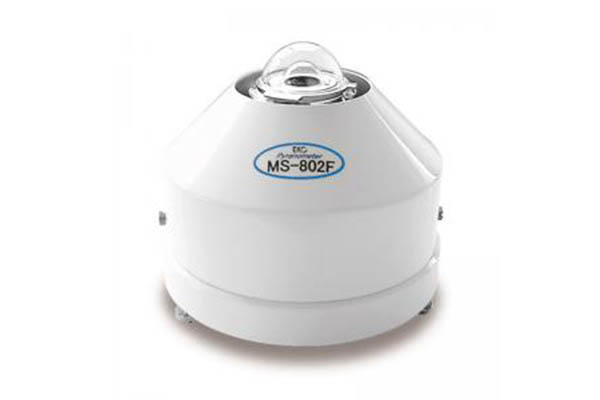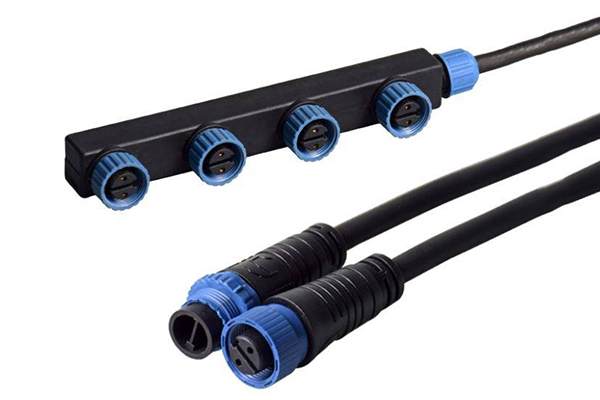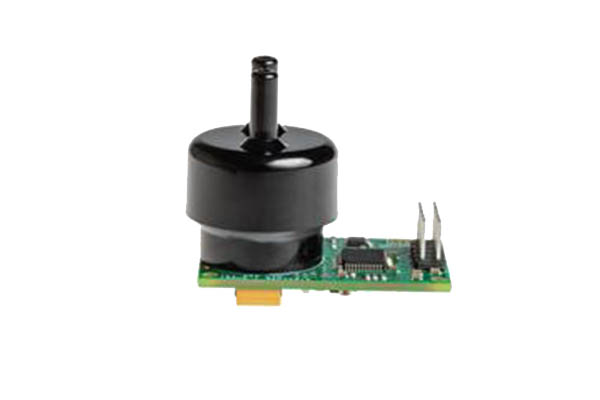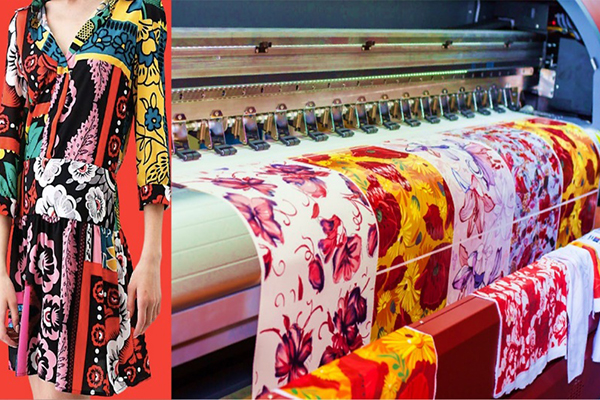With the advancement of science and technology and the increasing market competition, the requirements for food production companies and automated packaging facilities are increasing. Automated packaging necessitates the use of new machinery to enhance production efficiency, meet delivery demands, and reduce process costs.
For certain products, it is also required that packaging machinery be connected to production machinery, allowing for remote diagnostic services in case of equipment failures. Packaging must also be low in noise, high in-process quality, and minimize waste. In response to these demands, automation packaging design manufacturers continuously innovate and employ advanced photoelectric sensors and control technologies to enhance the efficiency and precision of automated packaging.
Improving Precision and Efficiency:
In the automated packaging process, variations in label printing and film deformations can result in cutting positions deviating from the specified location, potentially leading to cutting through brand logos due to accumulated errors.
Modern packaging machines are equipped with advanced photoelectric tracking and automatic control systems to address this issue. These systems ensure accurate control of sealing positions, guaranteeing that the sealing and cutting occur precisely at the designated location rather than over the logo each time.
Principle of Photoelectric Tracking and Control:
The fundamental principle of a photoelectric tracking and control system involves utilizing the photoelectric system to determine the target’s position, followed by packaging bag loading, sealing, and cutting based on the position of the photoelectric sensor. The system primarily consists of an emitter, photoelectric sensor, signal processing circuit, A/D converter, microcontroller, and computer monitor. Automatic packaging is accomplished through step-by-step systems such as heat sealing, cutting, and bag packaging.
Enhancing Food Packaging:
With the increasing emphasis on food safety certification, food enterprises have raised their expectations for packaging equipment. The design and development of photoelectric control technology must align with the requirements of mechanical advancements. A photoelectric sensor is a device that detects light signals and converts them into electrical signals. It can be used to measure non-electrical quantities such as light intensity, radiation temperature measurement, gas composition analysis, as well as object diameter, surface roughness, strain, and displacement.
MS-802:
As food safety certifications become more stringent, the demands for packaging equipment in the food industry are constantly increasing. Photoelectric control technology must be designed and developed to meet these requirements. The MS-802, and MS-802F photoelectric sensors by EKO, a Japanese manufacturer, are widely used to measure solar radiation. These sensors offer high-precision irradiance measurements and are constructed with a robust brass mechanical structure, making them durable and suitable for use in harsh environments. The MS-802 is utilized as a standard sensor for PV research and climate studies.
Features
• Secondary Standard Pyranometer
• Fast Response Time (95% < 5S)
• Temperature Compensated In A Wide Temperature Range
• High-Quality Optical Glass Domes For Proper Cosine Response
• MS-802F is an MS-802 with a 110 VAC/12 VDC Ventilation System
Specifications (typical) /MS-802 / MS-802F
- ISO 9060 classification
- Secondary Standard
- Response time 95% (sec) < 5
- Zero offset – Thermal radiation (200W/m²) < 6 W/m²
- Zero offset – Temperature change (5K/hr) < 2 W/m²
- Non-stability (change/year) < 0.5 %
- Non-linearity (at 1000W/m²) < 0.2 %
- Directional response (at 1000W/m²) < 10 W/m²
- Spectral selectivity (0.35-1.5µm) < 1 %
- Temp. response (for 50°C band) < 1 %
- Tilt response (at 1000W/m²) < 0.2 %
- Sensitivity (µV/W • m-2) Approx. 7
- Impedance (Ω) Approx. 500
- Operating temperature range (°C) – 40 to +80
- Irradiance range (W/m2) 0 – 4000 W/m2
- Cable length 10m
- Wavelength range 285 to 3000 nm
Conclusion:
Applying photoelectric sensors in automated packaging technology has revolutionized the packaging industry, enhancing precision and efficiency. These sensors ensure consistent and reliable packaging results by accurately tracking and controlling the packaging process.
With the continuous advancement of photoelectric control technology, manufacturers can meet the growing demands for efficient and high-quality automated packaging. As the market evolves, we can expect further innovations and improvements in photoelectric sensors, driving the packaging industry toward even greater heights.



